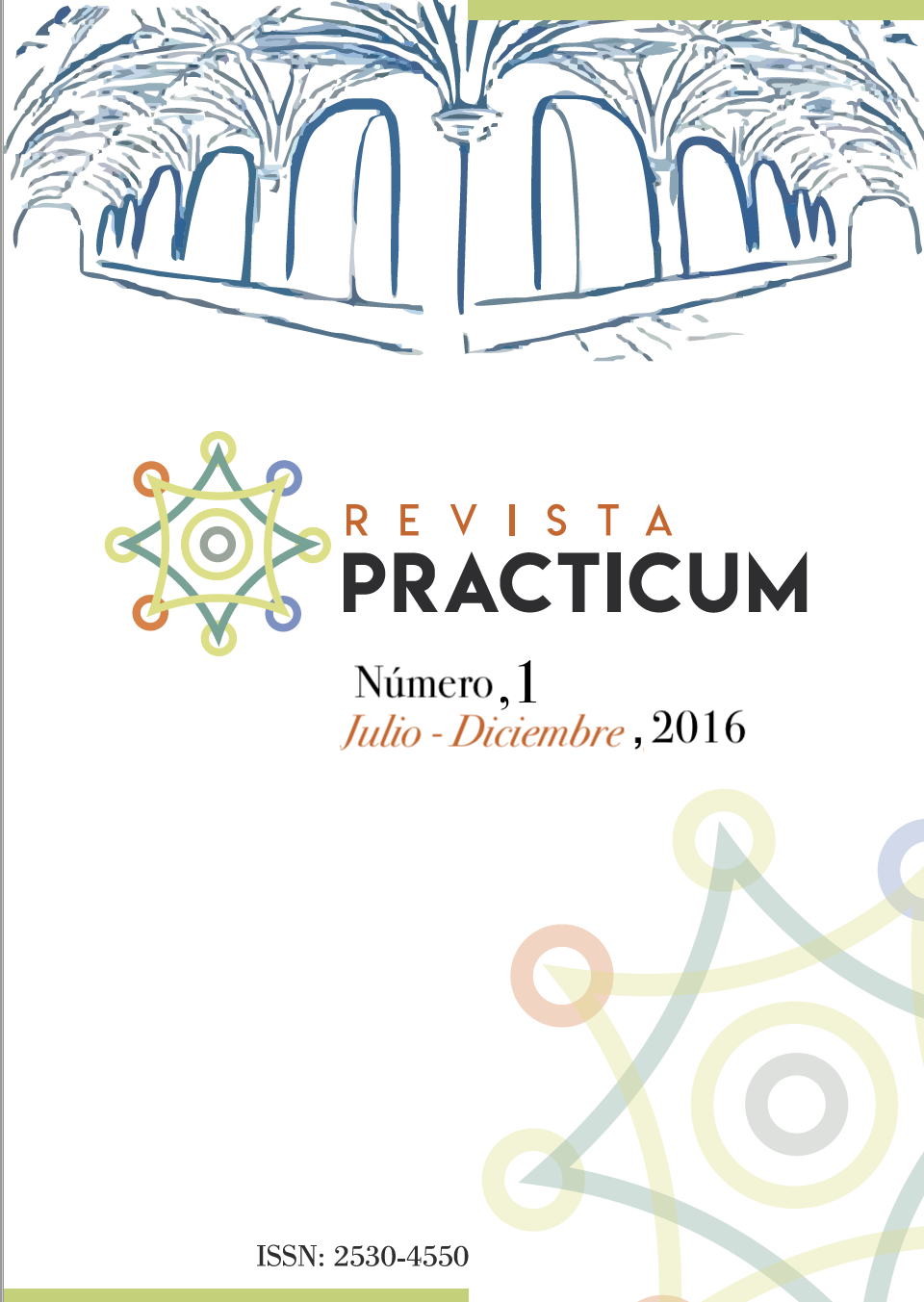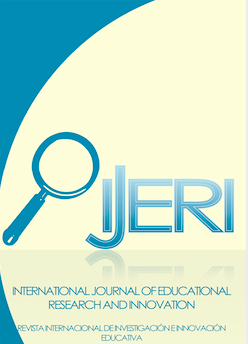Procedure and Evaluation of Practicum in the Faculty of Education in the University of León
DOI:
https://doi.org/10.24310/RevPracticumrep.v1i1.8260Keywords:
Practicum, Education Faculty, School Organization, Evaluation, Assessment, Rubrics.Abstract
This paper aims to present not only the evaluation of the subjects Practicum of the Faculty of Education of the University of León, but also what is its implementation and procedure. In this way, the many people who form part of the process are recorded, which provokes the need for a shared and cooperative evaluation that requires an increase of transparency, impartiality and acceptability in order to optimize the student's teaching process That he himself is the protagonist of his learning. Two different types of rubrics have been improved: one that demonstrates the skills required for the completion of the report or final report, and another that facilitates the evaluation of the stay in the student centers by their teacher-tutor and coordinator. Similarly, despite the use of different channels of interactive communication with students (moodle) and between teachers (other interactive platforms of the Council of Education of Castilla y León), the need to transform these rubrics in Erubrics that encourage the feedback of learning.
Downloads
Metrics
Publication Facts
Reviewer profiles N/A
Author statements
Indexed in
-
—
- Academic society
- N/A
- Publisher
- Universidad de Málaga
References
Baartman,L.K.J., Bastiaens, T.J., . Kirschener, P.A., & Van der Vleuten, C.P.M. (2006). The Wheel of competency assessment: Pre-senting quality criteria for competency assessment programs. Studies in Educational Evaluation, 32 (2), 153-170.
Blanco, A. (2009). Desarrollo y evaluación de competencias en educación superior. Madrid: Narcea.
Cebrián, M. & Monedero, J. J. (2014). Evolución en el diseño y funcionalidad de las rúbricas: desde las rúbricas “cuadradas” a las erúbricas federadas. REDU: Revista de Docencia Universitaria, 12(1), 81-98.
Cebrián, M., Serrano, R. J. & Ruíz, M. (2014). Las eRúbricas en la evaluación cooperativa del aprendizaje en la Universidad. Comunicar, 43, 153-161.
Fernández, A (2010). La evaluación orientada al aprendizaje en un modelo de formación por competencias en la educación universitaria. REDU: Revista de Docencia Universitaria, 8 (1), 11-34.
Gallego, M. J. & Raposo-Rivas, M. (2014). Compromiso del estudiante y percepción del proceso evaluador basado en rúbricas.REDU: Revista de Docencia Universitaria, 12 (1), 197-215.
Pozo. M. T., & García, B. (2006). El portafolios del alumnado: una investigación-acción en el aula universitaria. Revista de Educación, 341, 737-756.
Valverde, J. & Ciudad, A. (2014). El uso de e-rúbricas para la evaluación de competencias en estudiantes universitarios. Estudio sobre la fiabilidad del instrumento. REDU: Revista de Docencia Universitaria, 12 (1), 49-79.
Downloads
Published
How to Cite
Issue
Section
License
Acceptance of the work implies that the author grants Revista Prácticum the exclusive rights to reproduce, distribute and sell his or her work worldwide, both in digital and paper formats, CD-ROM, etc.
Likewise, the authors shall grant Revista Prácticum the rights of dissemination, public communication on the Internet and IT networks, data buses, as well as any other portals or electronic devices for online consultation of its contents and extracts, under the conditions of the portal, repositories or databases where the work is stored.
Revista Prácticum allows authors to publish and disseminate their articles and works on their personal websites, research teams, institutional repositories and scientific databases. All this in accordance with the Creative Commons 4.0 License










8.png)








